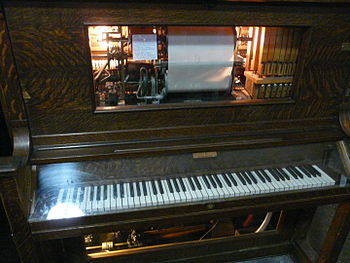So the first chord you should learn is how to play a major chord. The basic formula for a major chord is the root note, then the note that is 2 steps away, and finally the note that is 1 step and a half away. For example, the C major chord consists of the notes C, E, and G.
Now, to play the C minor chord, you take the second note, which is E, and lower it by half a step, resulting in Eb. Therefore, the C minor chord is composed of the notes C, Eb, and G.
Moving on, you can form a diminished chord by lowering the third note by half a step. So the C diminished chord is C, Eb, and Gb. This formula can be applied to any note on the piano to find the major, minor, and diminished chords.
Lastly, let’s discuss augmented chords. To form an augmented chord, you take a major chord and raise the third note by half a step. For example, a C augmented chord is C, E, and Ab.
These are the four basic chords you can play on the piano. From there, you can add elements like major 9th, 11th, and 13th. Instead of looking at the scale as letters, you count them as numbers. For instance, if you’re playing a C major chord and want to add a 9th, you simply count up 9 from C, which gives you D. Similarly, counting up to the 11th will bring you to F. Continuing the count, you’ll reach the 13th note.
In essence, the 9th is the second note, the 11th is the fourth note, and the 13th is the sixth note. Although they are essentially the same notes, you don’t refer to it as a C 6th chord, but rather a C 13th chord. The 13th chord includes the 13th, 11th, 9th, and seventh notes. These additional notes are added to create a fuller sound. For example, a C major 13th chord consists of C in the left hand, Bb (the seventh note) in the left hand, and C, F, and A in the right hand, omitting the E and G notes.
Manuel Marino is a seasoned Senior Producer, Music Composer, and Artist with over a decade of experience. He specializes in branded entertainment across various mediums, including video games, films, and advertising campaigns. With 20+ years as a game music composer, Manuel has worked on numerous platforms, creating diverse orchestral soundtracks. HIRE ME


 Manuel is a passionate, driven, and techsavvy AV technician,
Manuel is a passionate, driven, and techsavvy AV technician, 










